The thought of cleaning vintage pottery can lead to many fabulous pieces stranded on the shelves of antique shops, flea markets, thrift stores, and estate sales. Lately, I’ve had a penchant for vintage pottery. Often times when I find the perfect vase, I realize it has a few flaws, crazing, water rings inside, or just loads of dirt, paint, or debris that won’t come off. If you are willing to put in some time, you can get that vintage pottery clean. It takes some patience and a bit of work, but the end result will be fabulous.
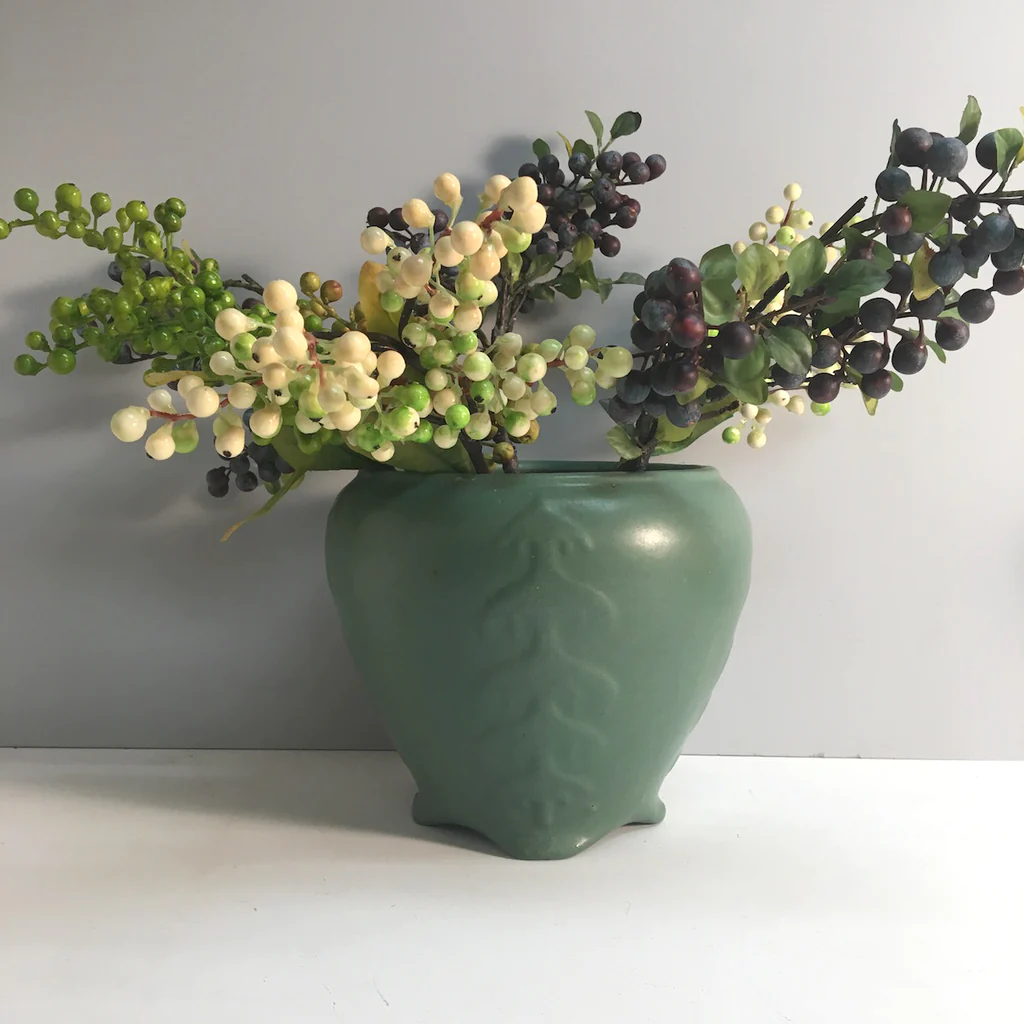
Before you start though, be sure your piece is not broken, cracked, crazed, or repaired as soaking may cause more damage to broken pottery or compromised glaze. Wash it by hand with gentle dish soap and examine it closely for flaws. Also, note that some pottery has crazing created as part of the design. This should not be viewed as a flaw, but it has to be cleaned gently.
If the inside is a bit crusty from use, fill it up with a mixture of 50/50 vinegar and water and let it soak for a while. Use a toothbrush to loosen any remaining grit once a day. You may need to let it soak for several days, even up to a month. Change the vinegar mixture every few days as it will lose potency over time. For really tough hard water or calcified stains try using Lime-A-Way, CLR, or a similar product. Again, let it soak for several days. I have also heard denture cleaner may be used to remove calcified water stains. Never use chlorine bleach on old pottery. It’s much too harsh and may destroy you pottery.
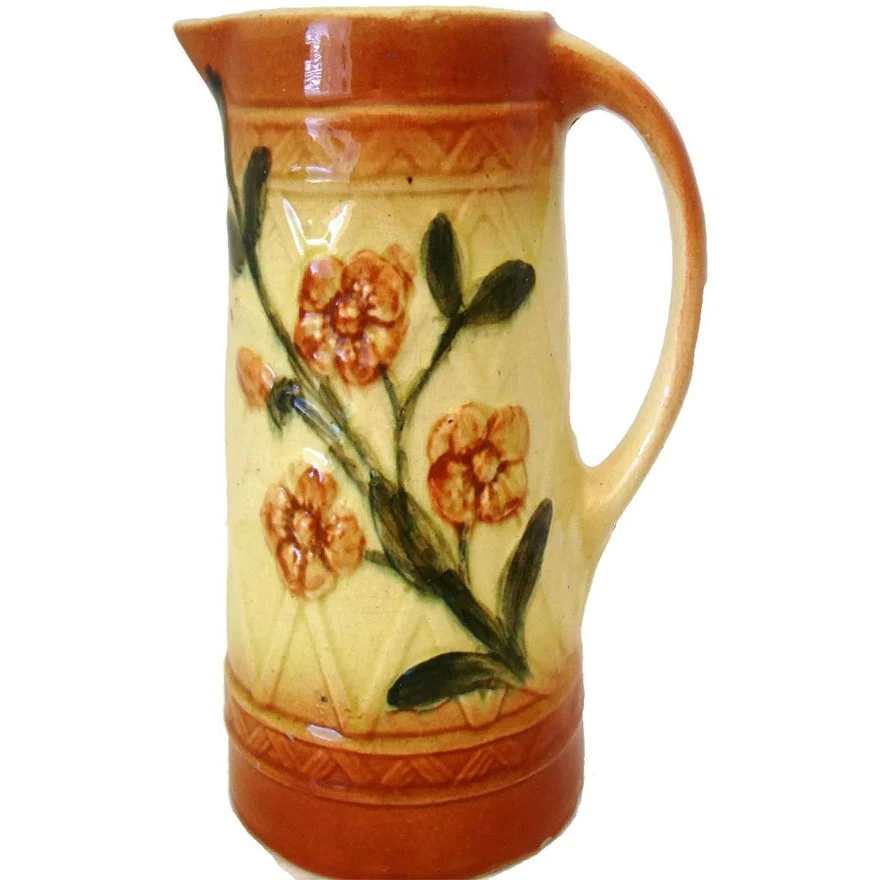
If your pottery has silver marks or similar stains, first try a pencil eraser. If that doesn’t work, try a soft cleanser such as Bar Keepers Friend or a Magic Eraser. To remove glue or sticky residue try using a grease cutting product such as Dawn dish soap or L.A. Awesome. For a stronger product try acetone or nail polish remover. Rub with a soft cloth or let soak until loosened.
To remove dark heavy crazing lines, use beauty supply strength 40% hydrogen peroxide and let soak for a week or more. Be sure to use gloves and take safety precautions with this, as it is a very strong solution and can cause damage to exposed skin.
One more method to remove stains in old pottery is to put it in the oven on low (about 200 degrees) for about an hour. Put your item in the oven while wet from soaking, while the oven is still cold then turn it on and let it warm up. Turn the oven off after about an hour. Let it cool down before opening the door or removing the item, as a quick change in temperature may cause it to crack. Then clean with a mild soap solution. I have not tried this method. I would caution you to try this with a piece of pottery that is not precious to you.
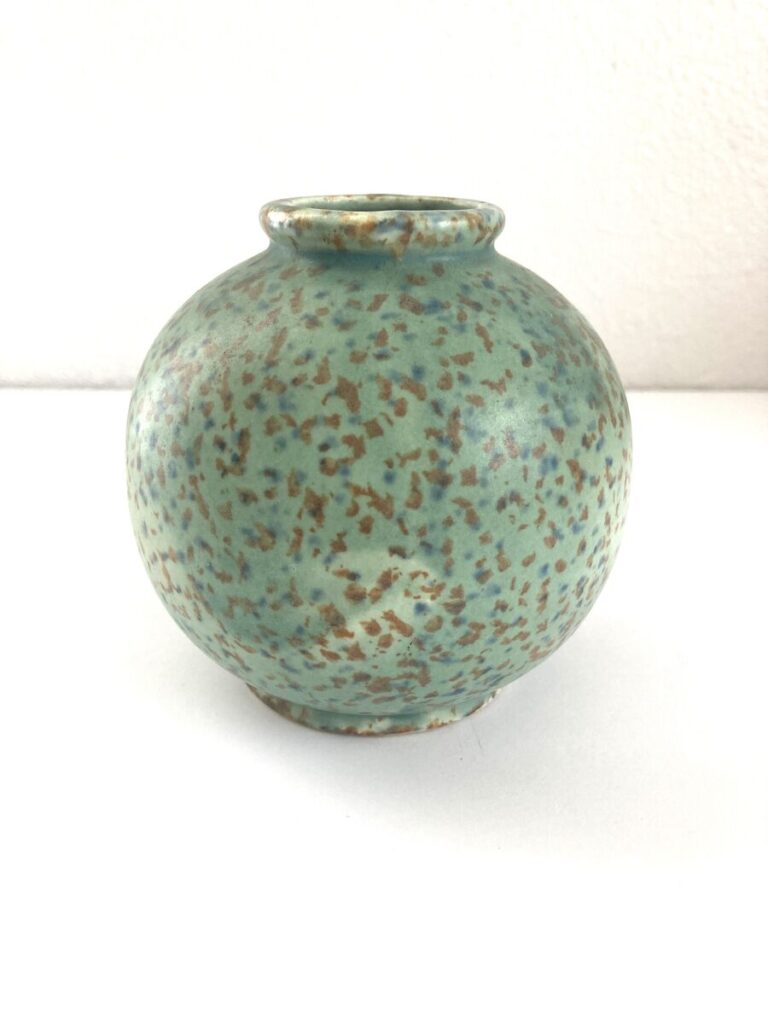
Our cleaning instructions are for pottery with decorative value, not antique or heirloom value. Those are best left to an expert to clean so you can be sure it’s done properly without compromising the piece. Most lightly stained pottery can be washed with mild soap and water. Beware of painted unglazed pottery or metallic paint as they may easily wear off. Use a damp cloth on these items and gently wipe clean then dry with a soft cloth.
Don’t feel guilty about putting flowers in your vintage vase or using your vintage pitcher for lemonade. After all these vintage pottery items were meant to be used and enjoyed. Just remember to properly clean your vintage pottery after use and it will last for many years.


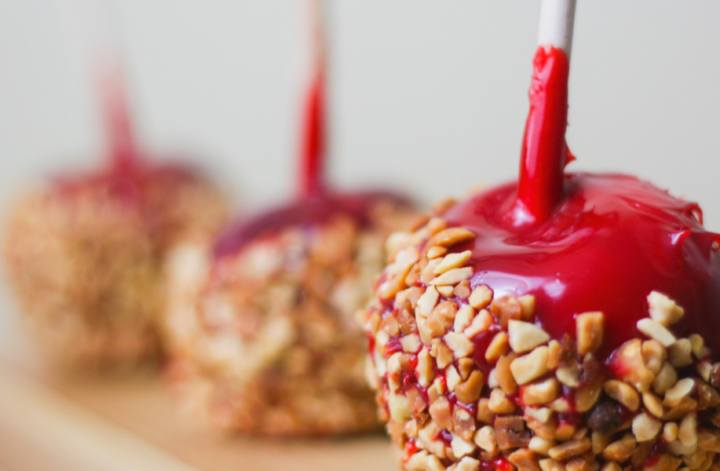

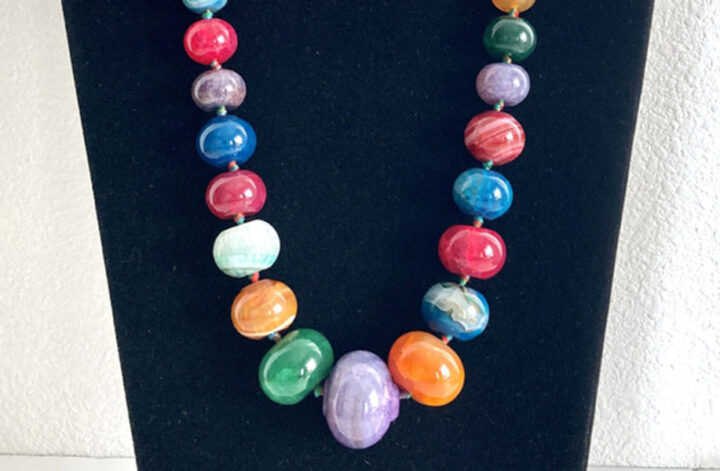
7 comments
I’ll try the vinegar in some old milk bottles!
Hi, I just bought a Heiger Matte Specked Moss Green Pot and when it came in the mail it had a green floral clay square stuck to the inside bottom of pot. The exterior of the pot is pristine. How do I get the square unstuck with out damaging the inside? Thank you for your time.
Floral clay is nasty sticky stuff for sure. After you’re scraped as much of the extra clay out, if there’s no crazing, you might try Goo Gone. If there’s crazing, it will seep into the cracks. Let it soak for a few minutes, then try using a straight razor blade to get the clay up. If you can’t get the razor flush enough to the pottery that you won’t leave marks, you might try a popsicle stick or tongue depressor. Good luck!
Hi, I’ve got a 1950’s iredescant finish pottery fruit bowl that has dark marks where the original label was.
Do you have any tips on how to remove them please?
Oof. That’s a predicament. Iridescent finishes on glass are usually sprayed on and can be easily damaged. Iridescent finishes on pottery are mostly added as part of the glazing process so they SHOULD be sturdier, but without holding the piece, it’s hard to know. The best thing to do is start with the least aggressive method to try and remove the dark marks, something like Dawn dish detergent and then move on to Goo-Gone. I would NOT use a Magic Eraser, that would likely be too abrasive. Good luck!
I have a 30 year old fired clay figurine my daughter made in school. It is mostly glazed ( bottom is not) and it has yellowed with age. Is it possible to get it white again?
First off, applause for the love you are showing the figurine. Without seeing and holding it, I can’t give ironclad advise. The first question is, was it actually fired or was it air dried and sprayed with a lacquer or something. It would be unusual for a fired and glazed piece to yellow, unless it’s a surface accumulation of time and dust which happens more often than you would imagine, especially in my house. With that uncertainty and the unglazed bottom, I wouldn’t submerge it for sure. I would start with a moist, not sopping, Clorox wipe in an inconspicuous corner and see if anything wipes off. Other than that, I guess I would just continue to love it as it is and know that this group of vintage lovers thinks you’re awesome.